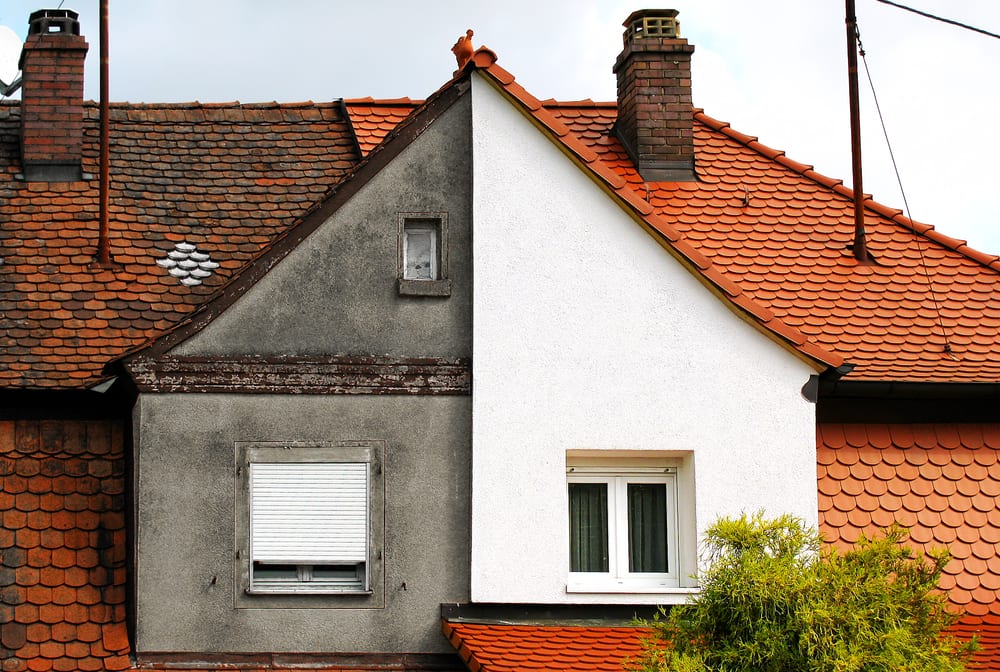

By Lance McCarthy
As you may know, I love old houses. So much so that I talk to them and write poems about them. Weird, I know. However, I don’t blindly love them. Older homes have their faults, and they can be big ones. In the spirit of “fair and balanced” journalism (journalism? I know, that’s pushing it), I want to present the other side. (Cue Paul Harvey saying “And now…the rest of the story”(which is a cultural reference that I expect only about half of you to catch (is it kosher to use parentheses inside parentheses?)))
Working title for this column: They don’t make ‘em like they used to…thank God.
Energy efficiency.
A couple of facts… 1.) Buildings contribute the lion’s share (a whopping 44.6%) of U.S. carbon dioxide emissions (compare that to 34.3% for transportation). 2.) Homes built before 1939 use around 50% more energy per square foot than those constructed in 2000 according to Richard Moe in the New York Times. That is amazing. Translation: 50% higher utility bills. Solution: Insulate the rim plate in the basement, and improve the insulation in the attic. Those are the two biggest culprits in energy loss.
Fire
This one strikes close to home. Older homes either don’t have smoke detectors, or they aren’t hardwired and interconnected. You want “hardwired” so that the batteries won’t be as big a deal and you want “interconnected” so that when the one in the basement goes off, they will all go off. This gives you a better chance of reacting in time. I can tell you from personal experience, this probably saved my family’s life when the smoke detectors all went off in the house in the early morning this January. Solution: have an electrician install hardwired bluetooth enabled smoke detectors in every bedroom, outside every bedroom and on every floor.
Plumbing
One of my least favorite parts of old houses are the galvanized water pipes. Their insides will corrode over time and decrease water pressure. When that corrosion breaks off (just like clogged arteries), it can be very hard on your plumbing fixtures and appliances. Partial replacement of galvanized pipes can cause even more trouble because the two dissimilar metals can react against each other causing more corrosion. Solution: replace galvanized water pipes with PEX, and use the old pipe to make cool furniture like this!
Lead
Most houses built before 1978 contain leadbased paint. It is only dangerous when ingested, but lead has a sweet taste which makes it tempting for kids (which is probably why Tommy Boy ate so much of it). Quick factoid: the Romans actually used lead to sweeten wines and fruits! So, be careful if you are painting, sanding, tearing out, or eating parts of your house. Especially if you are under age 6and if you are under 6, congratulations on the whole I-can-read-adult-stuff-even-though-I’m-a-kid- thing!-lead can have a significantly detrimental effect on your cognitive development. Solution: Check this out
Cabinets
Most older cabinets and vanities were built in place, and are very inefficient. The drawers don’t pull out all the way, the corners are completely inaccessible, and vanity storage? Forgeddabouddit. Solution: Either replace them (check out the awesome lower drawers in this vanity), or install some pullouts inside the cabinets and update the hardware to improve their function.
Are older houses still worth it? Absolutely. You haven’t seen my “problems with new houses” list yet!

